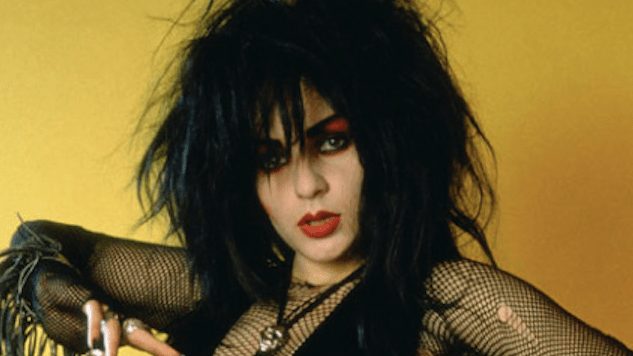Why the Countercultural, Decades-Old Madrid Scene Matters to America Today
Photo of Alaska by Pablo Pérez-Mínguez
In the midst of the constant unrest on our American shores, I’ve been finding comfort on the other side of the Atlantic: in the recent history of Spain and its dizzying countercultural explosion of music, cinema and free expression that followed the country’s bold transition to democracy in 1978. This phenomenon came to be known as La Movida Madrileña—The Madrid Scene—or simply La Movida for short.
While I’m admittedly prone to intense bouts of nostalgia for periods I didn’t live through, I do have justifiable reasons for my infatuation with La Movida: I’m married to a Spaniard, I’ve lived in Madrid and I recently published a book on Spanish history, for which I interviewed several prominent “movidistas.” But more to the point, I’m an American trying to make sense of the interplay between politics and art in this often undemocratic-feeling historical moment of our democracy.
La Movida provides me with a useful, and usefully joyous, juxtaposition.
Most histories date the origins of La Movida to a tribute concert for a deceased young musician held in Madrid in February 1980. Some electric coalescing of audience and sensibility took place that night, as if sending a unifying voltage through the rest of the city, from grungy night clubs, to outer-ring working-class neighborhoods, to El Rastro Sunday flea market where young comic-book heads and vinyl junkies traded their wares, ideas and evolving fashion senses. With its visceral, boundary-crossing power, music was the driving force of La Movida.
Much of the music from La Movida was inspired by music from the U.S. and the U.K.; censorship by the recently collapsed Franco regime no longer kept out foreign sounds like new wave, punk and glam rock, which exercised an enormous influence on young musicians in Spain. Imagine the first time you heard The Clash, David Bowie or The Velvet Underground, then multiply that feeling by the collective cathartic release and creative impulses of a 36-year dictatorship having come to end. I imagine it feeling like the high to end all highs (though this isn’t to say actual drugs didn’t play a considerable role in La Movida—of course, they did).
-

-

-

-

-

-

-

-

-

-

-

-

-

-

-

-

-

-

-

-

-

-

-

-

-

-

-

-

-

-

-

-

-

-

-

-

-

-

-

-








































